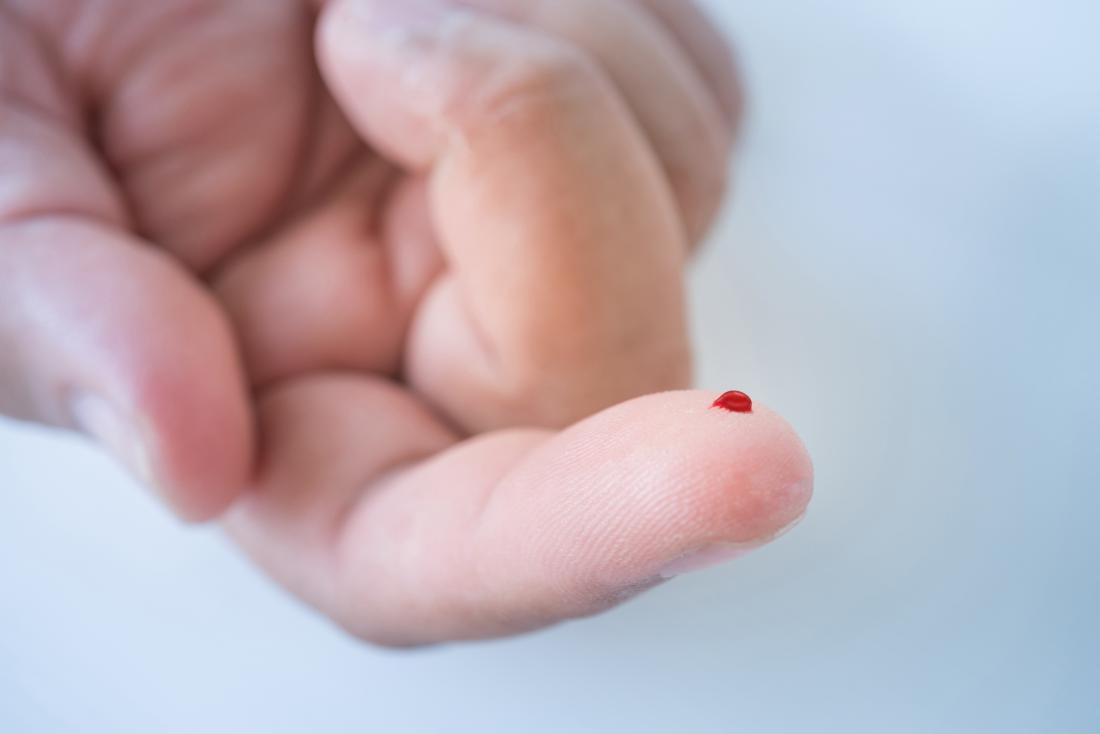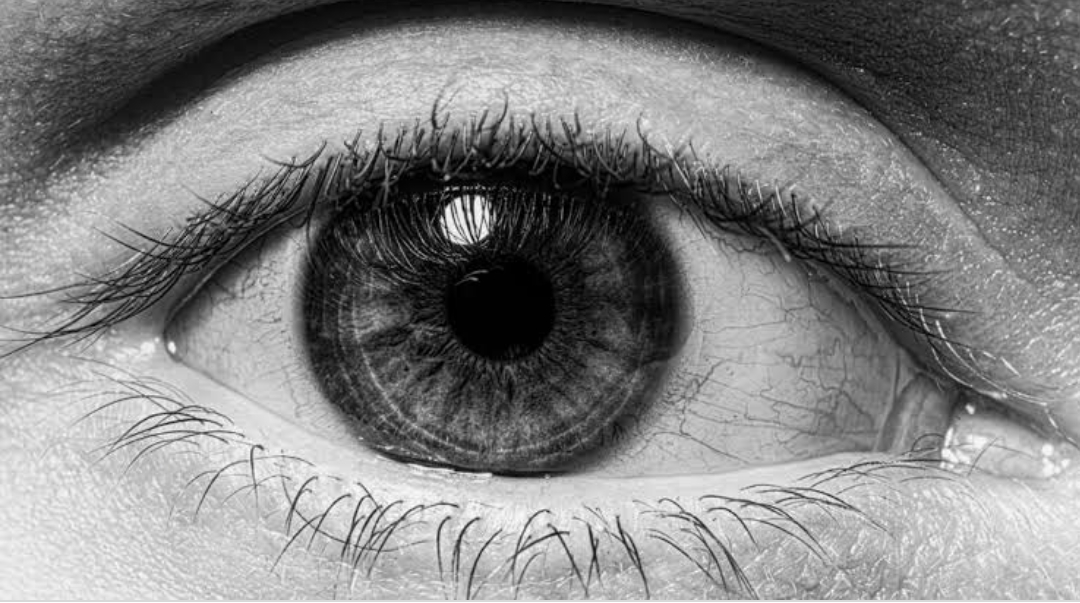
Can glaucoma therapies be balanced with ocular surface health?
The latest World Health Organization estimates say that 4.5-5 million people out of the 37 million people who are actually blind are blind due to glaucoma. Glaucoma is a progressive chronic optic neuropathy usually associated with elevated intraocular pressure (IOP). It is characterized by progressive damage to the optic nerve and functional defects in the visual field that can lead to blindness in the final stage. While there are many risk factors associated with the onset and progression of glaucoma, IOP reduction is also the most effective and scientifically approved type of therapy used to prevent glaucoma. But there are many glaucoma barriers to medication such as cost, side effects, and dosing regimens. However, these barriers can be addressed by taking the aspects of ocular surface health into account.
Red, irritated eyes and eyelids, fluctuating vision, and ocular fatigue are some of the common symptoms in patients with ocular disease(dry eyes) as well as glaucoma. Dry eye patients are also struggling with inflammation, visual fluctuations, reduced stability of the tear film, and neurosensory compromise (TFOS DEWS II definition). These complications are aggravated by topical drugs due to the existence of the BAK load as well as the medication itself. The integrated approach addressing the aspects of the ocular surface health and the treatment effects of glaucoma patients has long-term repercussions, including an increased risk of trabeculectomy failure in eyes with longer BAK exposure.
Fortunately, dry eye and glaucoma treatments for dual ocular surface health are no longer inevitable, untreatable, or unsurmountable. The dual health take on the ocular surface, quality of vision, and quality of life of the patients can be resolved with the availability of excellent dry eye drugs (cyclosporine, lifitegrast, steroids), in-office dry eye and MGD procedures, as well as preservative-free artificial tears and glaucoma drop formulations and surgical methods such as laser trabeculoplasty and MIGS.
In conclusion, many factors, including the familiarity and comprehension of glaucoma and ocular disease by patients, beliefs in drug effectiveness, treatment cost, and knowledge of drug side effects, as well as the influence of non-compliance, play a crucial role in the outcome of dual ocular surface health treatment. Subsequently, the provision of a wide variety of treatment options would allow for more personalized and productive patient care. The selection of a therapy regimen that does not interfere with the well-being of patients or diminish their enthusiasm for care or their quality of life will greatly improve the treatment of glaucoma and thereby promote long-term vision preservation.










